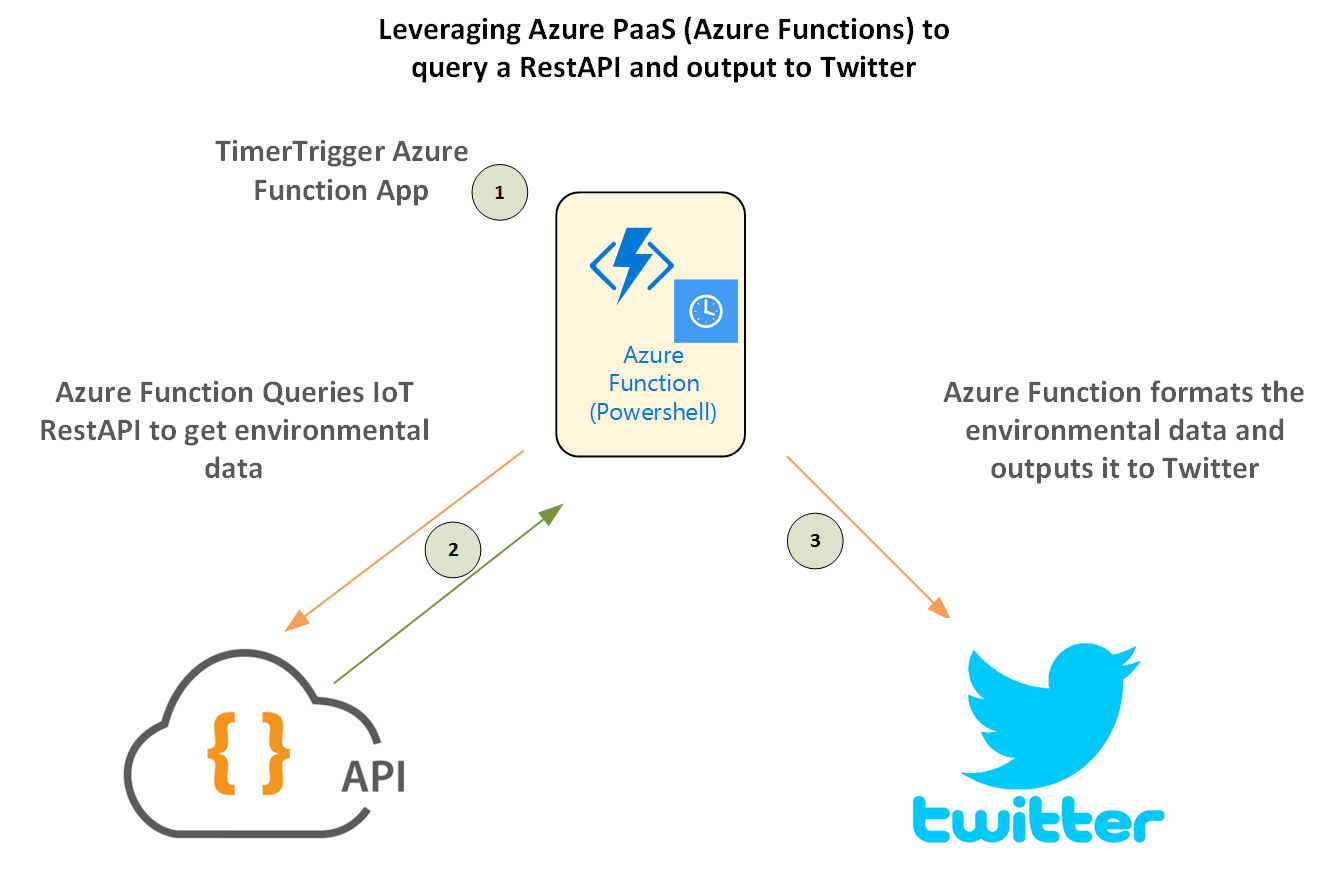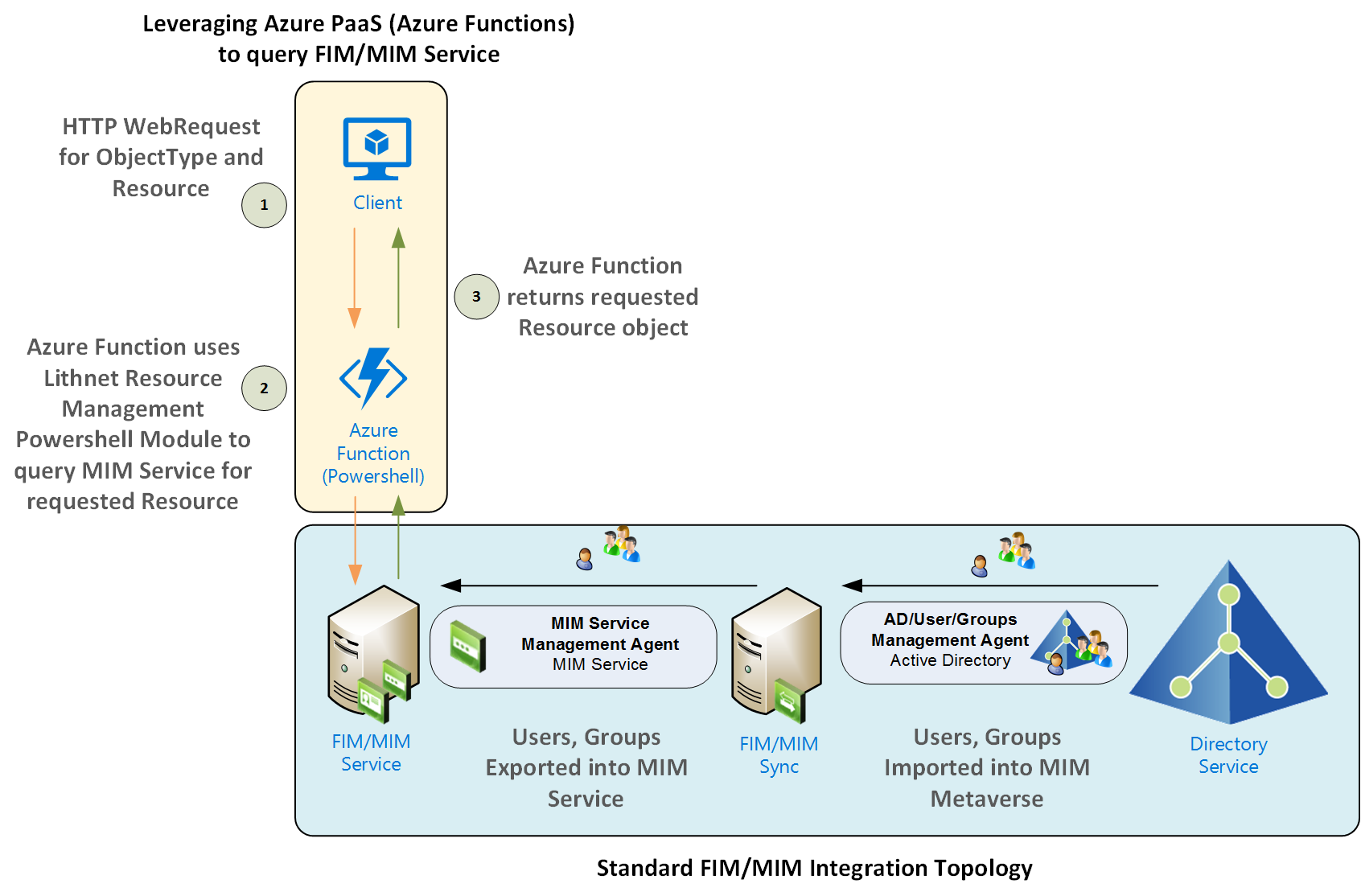
How to create an Azure Function App to Simultaneously Start|Stop all Virtual Machines in a Resource Group
Just on a year ago I wrote this blog post that detailed a method to “Simultaneously Start|Stop all Azure Resource Manager Virtual Machines in a Resource Group”. It’s a simple script that I use quite a lot and I’ve received a lot of positive feedback on it.
One year on though and there are a few enhancements I’ve been wanting to make to it. Namely;
- host the script in an environment that is a known state.




